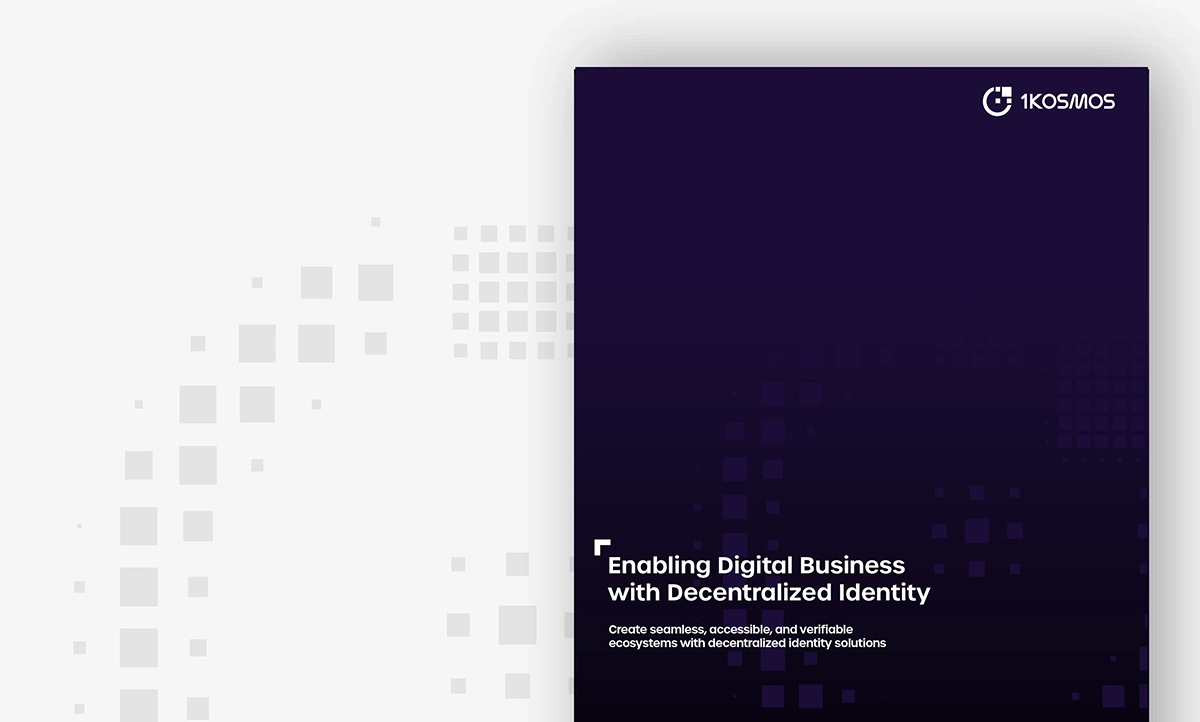Blockchain vs Cryptocurrencies
Blockchain is a technology that enables movement of digital coins or cryptocurrency or digital assets from one individual to another and Cryptocurrencies are those assets which are transacted using blockchain.
Initially, Blockchain Technology solved the problems related to money transfer. Usually, if an individual had to transfer some amount across time zones (Suppose from London to Tokyo), the transfer was done using a trusted third party which used to identify the receiving party (in Tokyo), his identity and account details. Once the verification was successfully conducted, the transfer was completed charging some specific fees from the amount transacted. This process consumed time and significant fees as well.
Now what blockchain does:
- It removes the requirement of the “trusted third party” that means the process complexity is reduced.
- The transaction fee charged is very low as compared to the typical transactions.
- The transaction time is reduced to parts of a second that means the transfer is immediate.
Blockchain utilizes the concept of distributed open ledger in which the transactions can be seen by the individuals present on the network. The transactions on the network are added to the the ledgers only when they are validated. The transactions are validated after solving mathematical puzzles and on successful validation, financial rewards are given to those who does validation. The individuals who do this validations are called Miners. The miners compete among themselves to pick transactions from the network, validate them and add them to their ledgers based on their computational powers, post which the rest of the miners add the validated transactions to their own ledgers too.
Blockchain has many applications like Digital Identity, Smart Contracts, Digital Voting, Distributed Cloud Storage and Decentralized Notary.
“A cryptocurrency is a digital asset designed to work as a medium of exchange that uses cryptography to secure its transactions, to control the creation of additional units, and to verify the transfer of assets”, says Wikipedia.
Satoshi Nakamoto, the Godfather or we can say the unknown inventor of Bitcoin, presented the first ever digital currency in late 2008. He stated that he developed “a peer to peer electronic cash system” which is not centralised or controlled by any ‘so called’ trusted third party.
A cryptocurrency can be transferred from one individual to another through blockchain without entertaining any third party. The transaction is confirmed by the miners after which that particular transaction is registered in the distributed open ledger system. These transactions can be viewed and verified by any individual present over the network.
Bitcoin is created as a reward to the miners and it can be exchanged for other cryptocurrency, product or services. Following this system, many cryptocurrencies have taken up the shape with bitcoin like reward process and similar strategy. Although, there have been various innovations and modifications in the implementation in creation of new virtual currencies.
Till date only money oriented application of blockchain, cryptocurrencies, have been overhyped but there are lot more to be discovered and capitalized. There are thousands of cryptocurrencies floating over virtual network, regulated by countries but legally or illegally being transacted all over the globe extensively.
Recently bitcoin touched the highest mark of ($19,783.06) of all time which created huge hype in the global market. This helped the Altcoins to rise up the charts too.
Bitcoin being the largest followed by Ethereum, BitcoinCash, Litecoin, Neo and many more such coins in terms of which regular transactions can be noted every second.
The real potential of blockchain is yet to be exploited to its max.
